Farmers and Rural Development – Workshops
Farmers and Rural Development – Workshops Home Organized Farmer and
We need to look at the two missions Jal Jeevan Mission (Water Life Mission) and Swachh Bharat Mission Grameen together. In Jal Jeevan Mission (Water Life Mission) it is announced that every house will have tap water. This target has been set to be met by 2024 for the entire rural areas of the country. It is also being implemented with great vigor. A campaign has a fixed period of time and within that period it is necessary to complete and achieve the set objective.
In the National Conference held in March 2022, the Union Water Power Minister has expressed the hope that the Water Life Mission should be a people’s movement rather than a movement of engineers. If we keep in mind the above meaning of this, the engineer movement is to fulfill a purely technical matter. E.g. Providing pipelines, making technical plans etc.; However, the emotional attachment to this can only be done by public movements. For the next three to four decades of quality, eternal water through taps, massive public participation will be required. We have seen that many schemes could not materialize without public participation.
Planning is important
In the previous article we discussed emphasis on multiple sources, there is a popular saying in rural areas “Tap water will come to the house only if the source is sustainable”. It is a work to be done thoughtfully and carefully. In which it is necessary to unite all the elements of the village and carry out water conservation works to make the source of drinking water sustainable.
1) It is standard that 55 liters of water should be provided per person per day. Now let’s look at the other side of the coin. When we carry water over our heads for long distances, we understand the importance of water. But when water comes through the tap (TAP WATER), its waste is also more likely. About 65 percent of the total tap water is returned as sewage, which contains biological, chemical and other pollutants. Disposing of this water is difficult. This water is more likely to return to water bodies in the form of liquid waste.
1) Jal Jeevan Mission and Swachh Bharat Mission Grameen should be seen together. For this, it is necessary to make absorption pits, convert liquid waste into the form of fertilizers and manage it. Separate planning of non-degradable waste is necessary. Otherwise, your health center will be created. The village can get Bakal form. There should be harmony and harmony between the administration and the villagers or public. 2) After using required amount of water (WATER) for washing clothes, washing dishes, etc., the problem of this water will be reduced if the water is drained through the atrophy pit without allowing it to spread so much. If required, such water can be collected and disposed of in a settling tank and properly treated, which can also be properly reused.
Major problem of waste:
(1) On inspection of some large gram panchayats in the state, the problems in urban areas are now felt as keenly as in rural areas. For example, in some rural areas, waste depots have been set up. Where only wet/dry garbage (GARBAGE) is brought. There is no practice on it and it has become a huge problem today.
(2) Each Gram Panchayat collects garbage from people’s houses in the form of bell carts and brings it directly to this garbage depot. Pigs, dogs, other animals live there without decomposition of the waste and it becomes a breeding ground for diseases.
(3) Gram Panchayats which do not have space for waste depots. However, the consequences of collecting garbage through the bell jar are very dire. We all have seen that all the garbage collected is dumped irresponsibly on both sides of the highways especially along the river banks. Garbage dumped on both sides of the road slowly enters the river bed and the rivers get polluted. Polluted rivers become the centers of transmission of these diseases. The river is given the status of a mother, meaning we make our mother sick, this matter has to be considered inwardly. Therefore, it is necessary to plan the place where garbage is generated. All that is required for this is to act consciously, not to allow waste to be generated and if it is generated, one has to see how it can be decomposed at home. Both these challenges can be solved easily.
Administrative structure for implementation of Jal Jeevan Mission and Cleanliness Mission:
(1) State Water and Sanitation Mission
(2) District Water and Sanitation Mission
(3) Rural Water Supply Sanitation and Health Committee
District Water and Sanitation Mission:
(1) This committee is responsible for the implementation of Jal Jeevan Mission of the district. According to Section 79 A of the Zilla Parishad and Panchayat Samiti Act, 1961, the District Water Management and Sanitation Committee of the Zilla Parishad has been approved. However, as per the instructions of the Centre, the committee will be as follows.
(2) The Collector is the Chairman, the Chief Executive Officer is the Vice-Chairman. Health Department, Education Department, Project Director, Integrated Tribal Development Project, Water Resources Department, Water Conservation Department, Agriculture Department, Forest Department, Information and Public Relations Department, District Officers of this department are members.
(3) District Chief Officers of Maharashtra Life Authority and Ground Water Survey and Development Mechanism will be members of this mission, Executive Engineer G.P. Pu. These members will be secretaries. Other persons may also be invited as honorary members of the People’s Representative.
Rural Water Supply Sanitation and Health Committee
(1) This Gram Panchayat shall be deemed to be a Lok Samiti or Sub-Committee of the Gram Panchayat for Jal Jeevan Mission and Swachhta Abhiyan Rural.
(2) Jal Jeevan Mission mentions that they should be given statutory status. The sarpanch is the ex-officio chairman and the gram sevak is the ex-officio member secretary.
(3) The composition of the committee and its members should be carefully considered and continuously trained and capacity built to enable them to do these things effectively.
District Level Water Supply and Sanitation Committee
1) If contact is established between these two committees i.e. district level committee and village panchayat level committee at regular intervals necessary training and capacity building activities can be undertaken annually. Otherwise, just be careful not to get carried away.
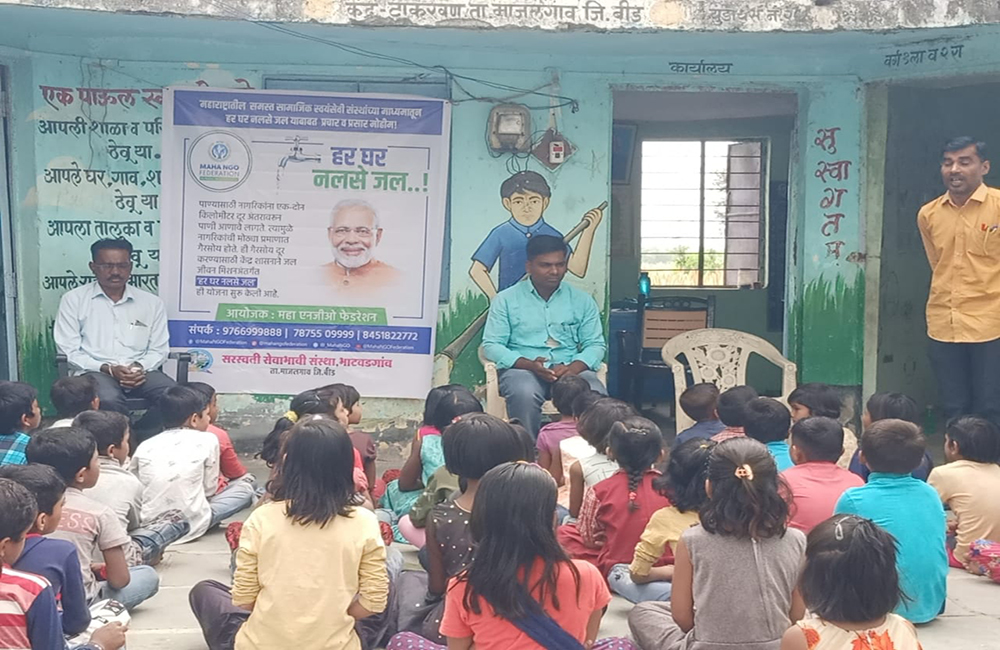
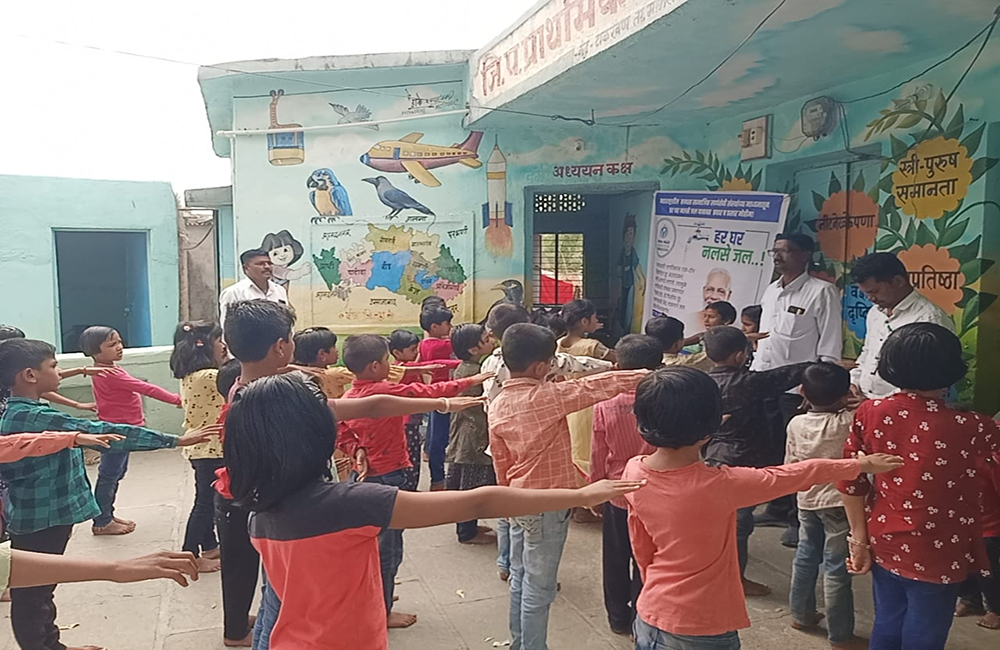
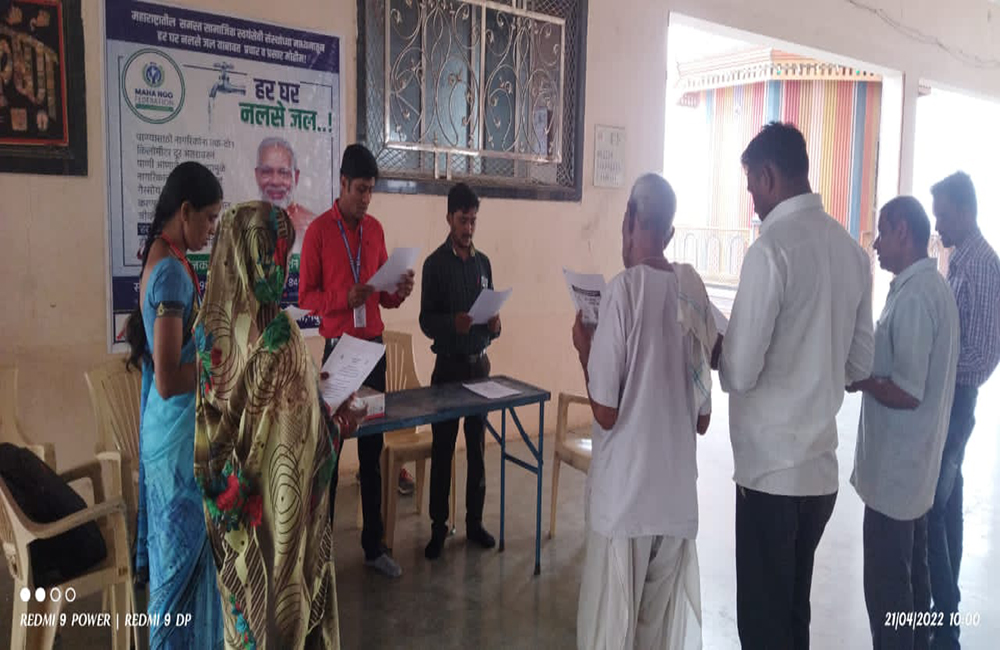

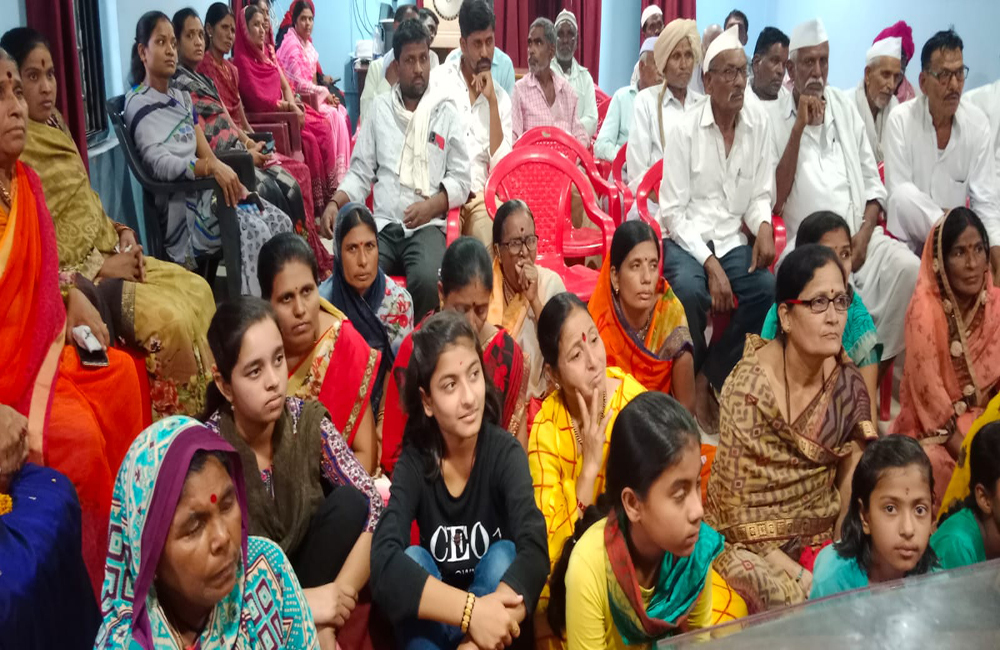
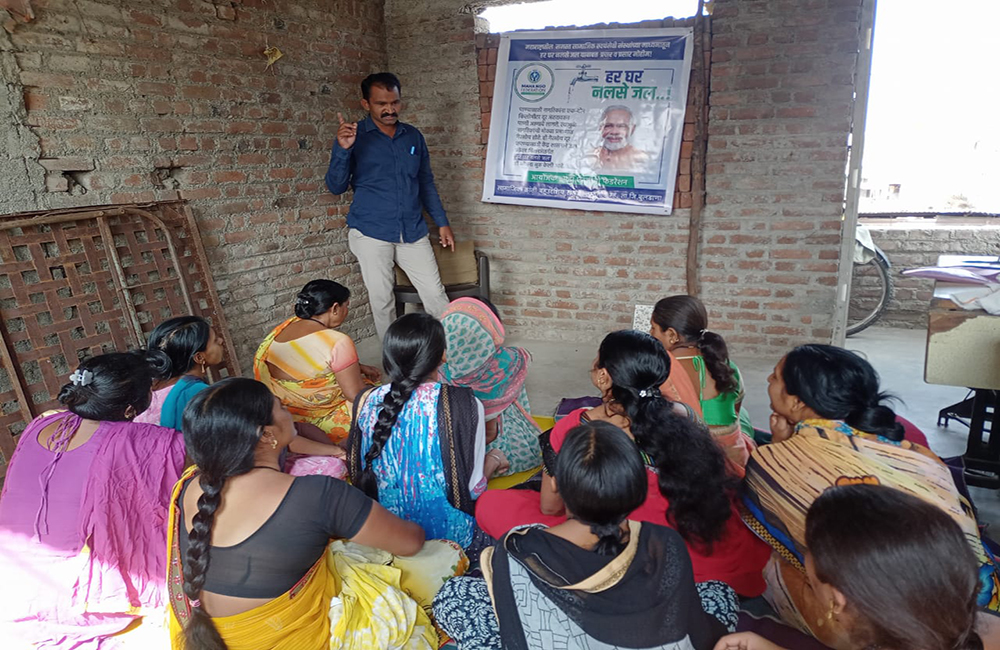
Farmers and Rural Development – Workshops Home Organized Farmer and
Farmer’s Capacity Building Program Home BVG Foundation is working for
Monthly NGO meetings and Trainings Home Monthly NGO Meet started